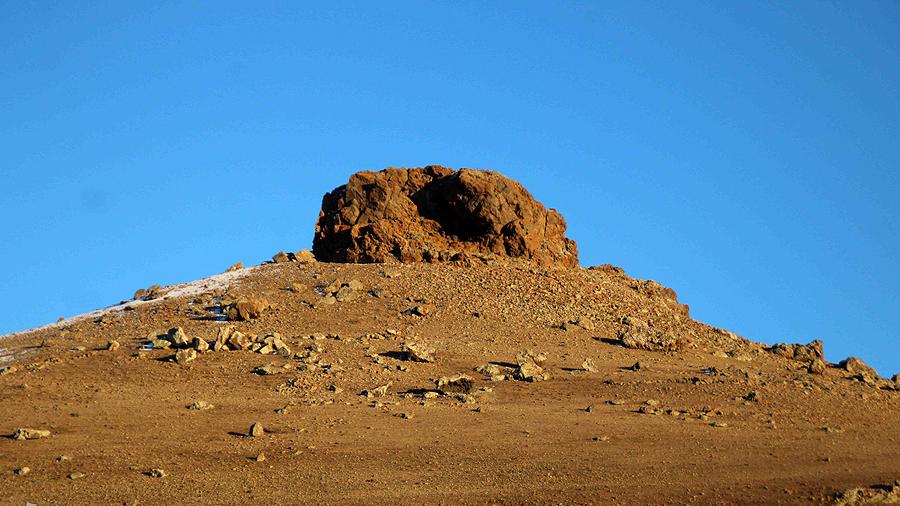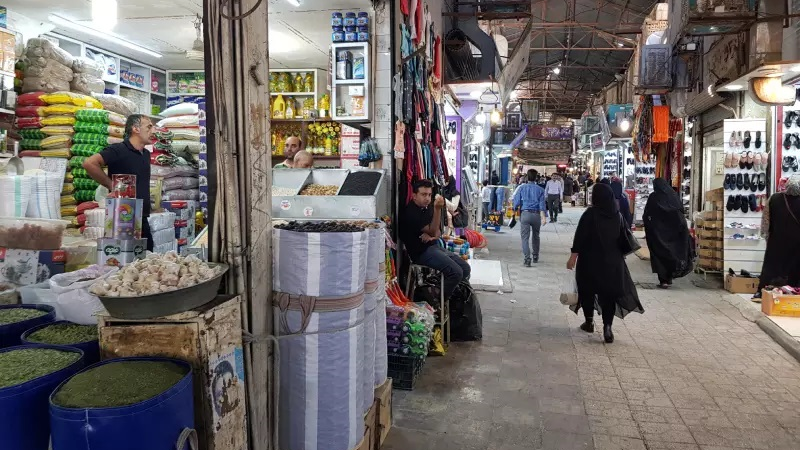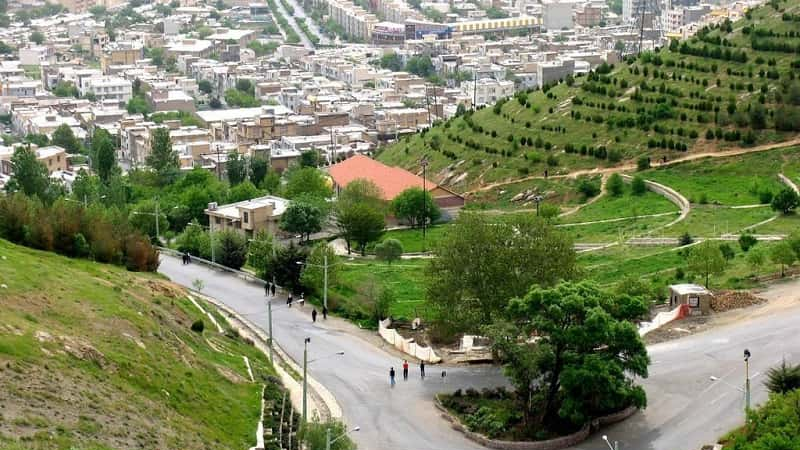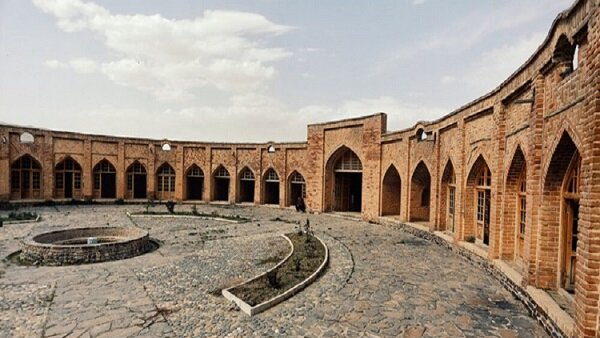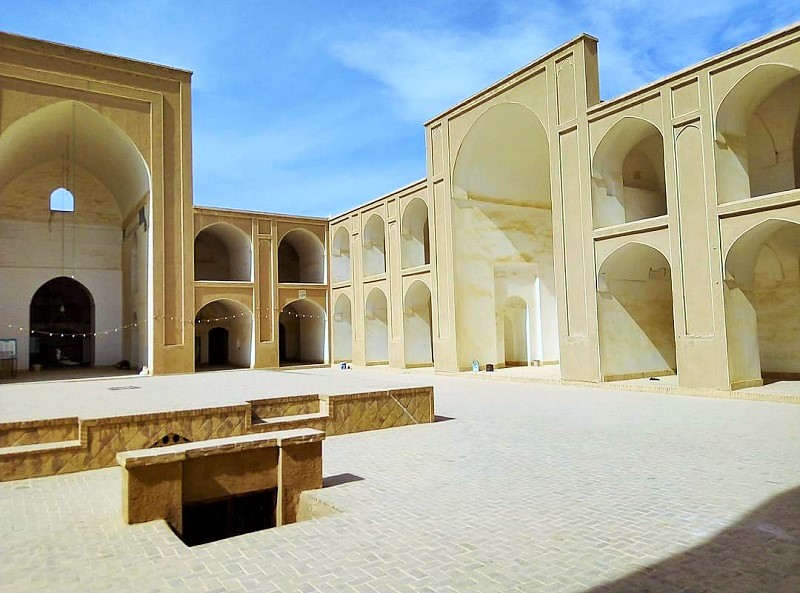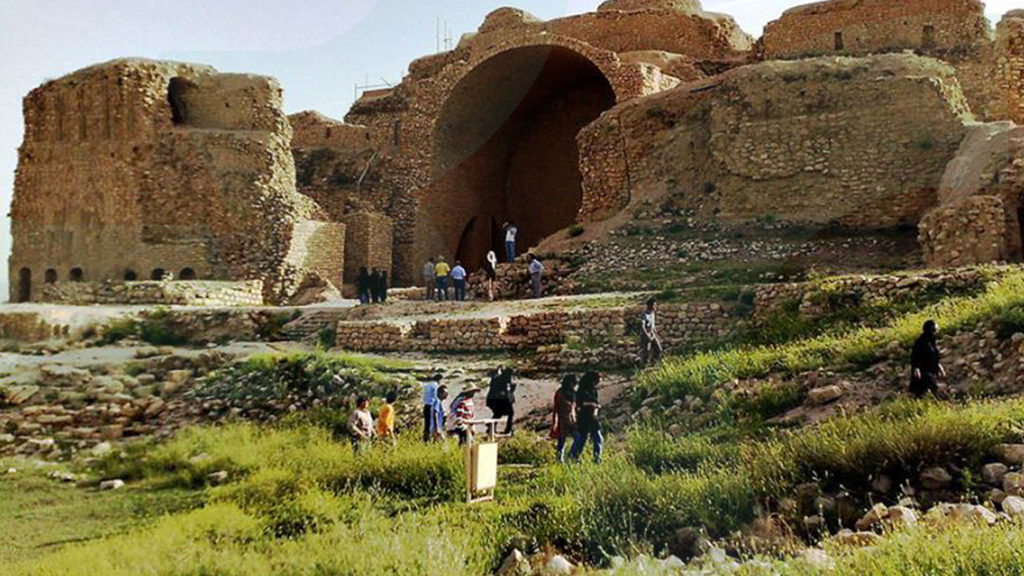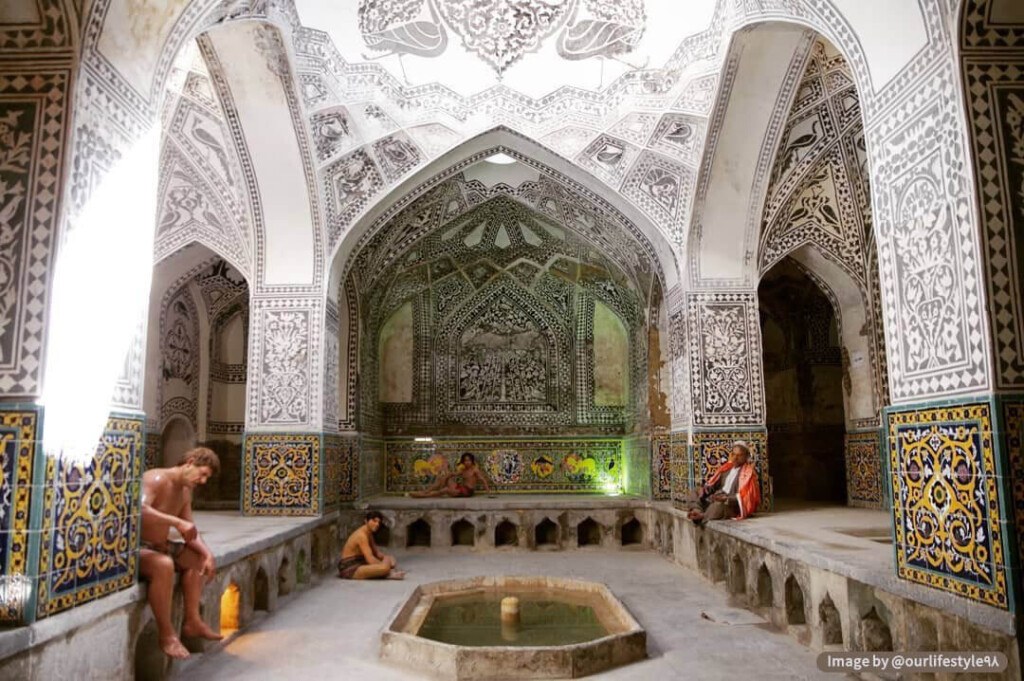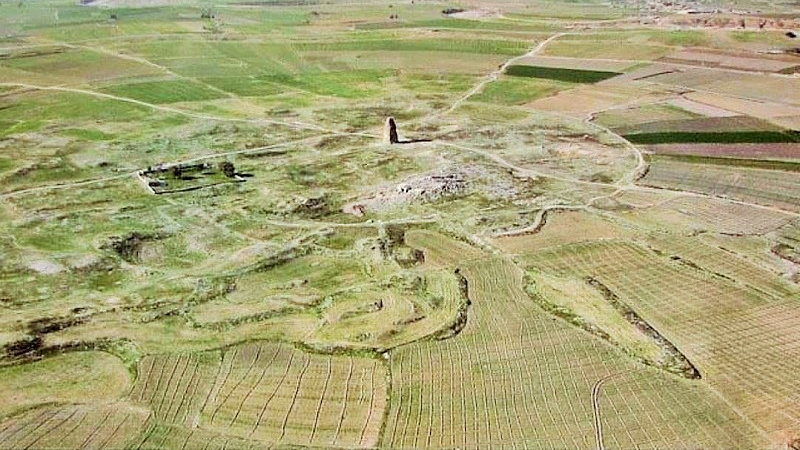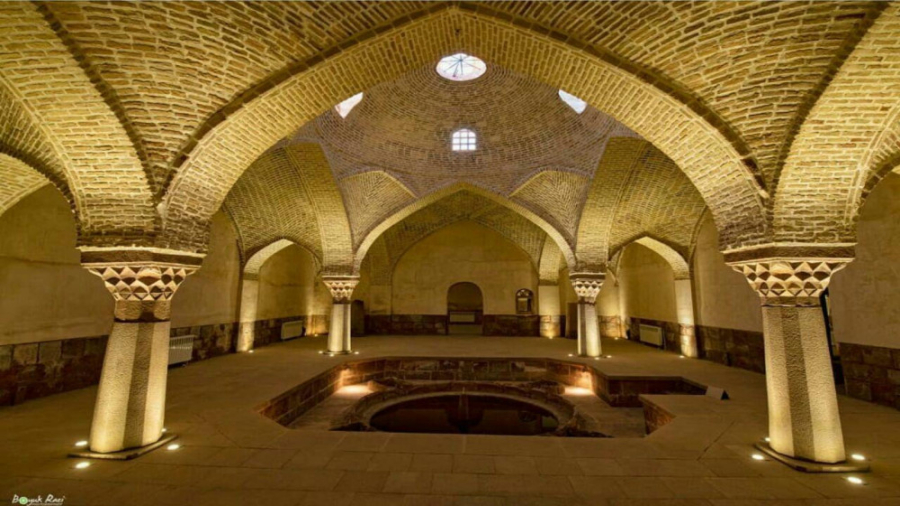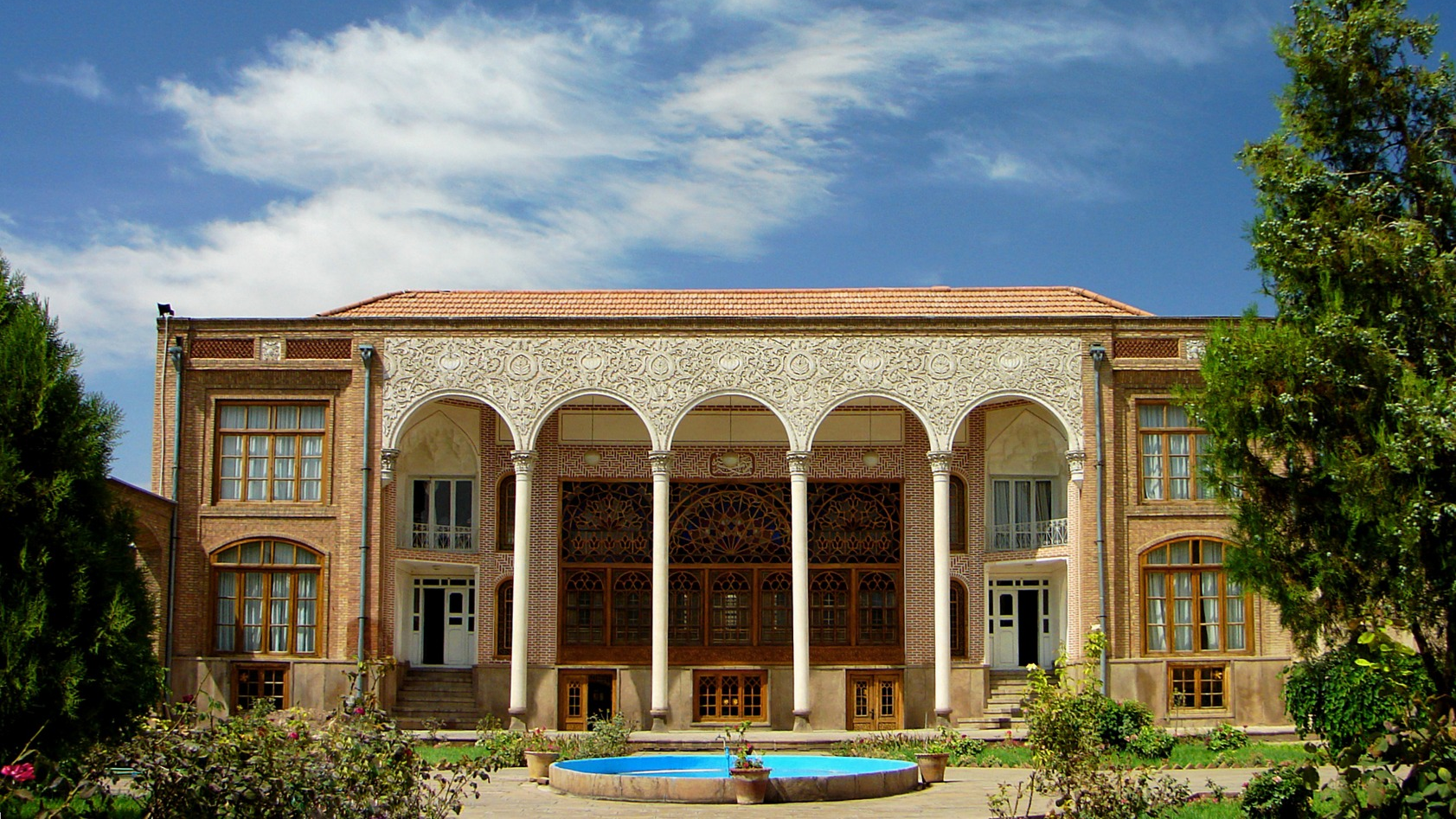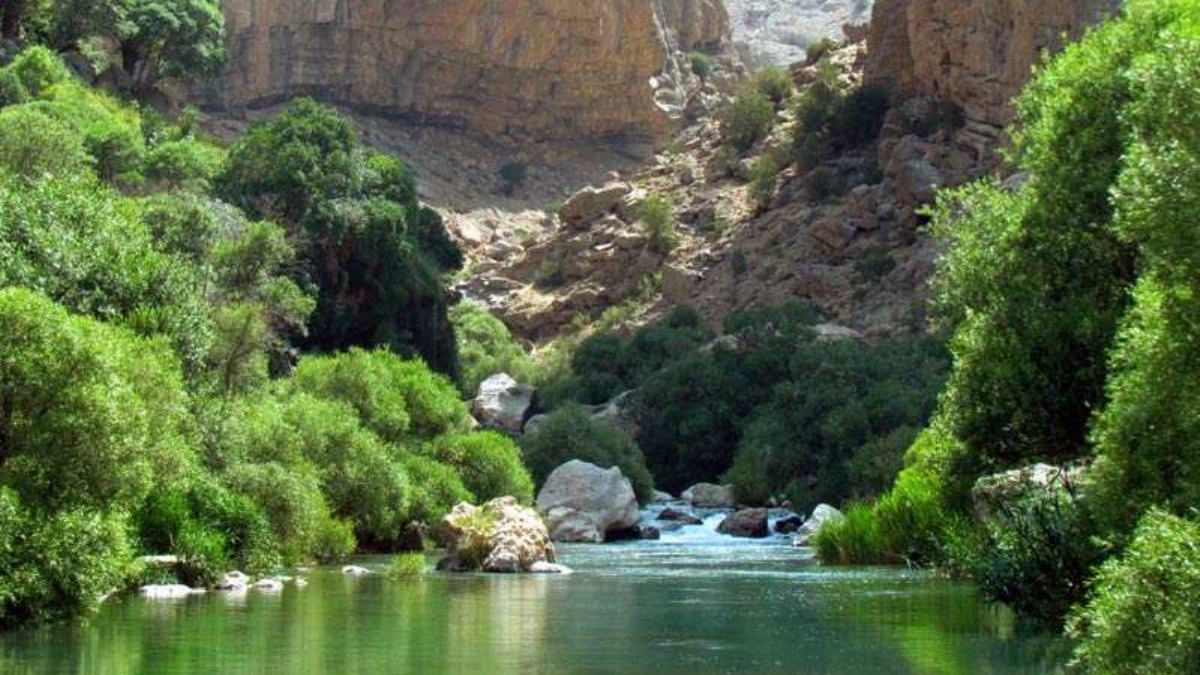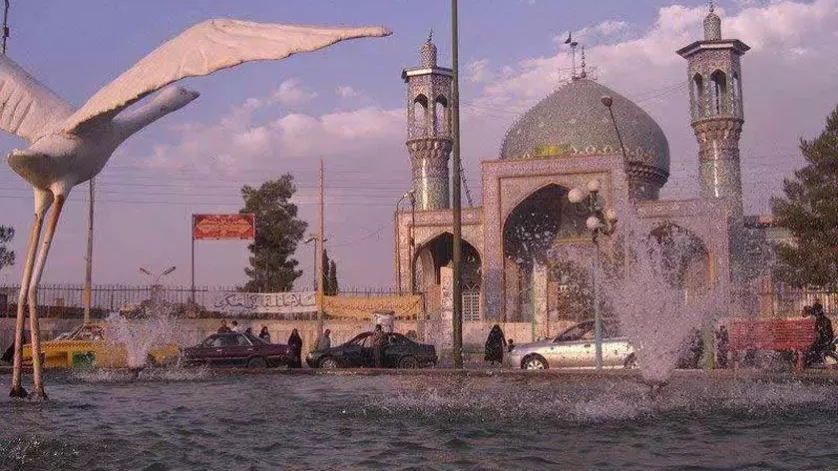
Gargar Hill (Kul Tepe Jolfa)
After learning the techniques of agriculture and animal husbandry, man settled in fertile areas with good climates where the first human villages were formed. In order to ensure safety, the houses were built on heights from where he could control his surroundings. As a result, there are many ancient human settlements in hilly areas in different parts of the world. “Gargar Hill”, which is also known as “Kul Tepe Jolfa”, is one of these ancient human settlements, the longevity of which dates back to the 5th millennium BC.
Gargar Hill is located in the Hadishahr City of Jolfa County. Hadishahr is one of the westernmost cities of the East Azarbaijan Province of Iran with a population of about 35 thousand people. This city is located in a mountainous region on the southern shore of the Aras River. It is said that many Zoroastrians lived in this area in the past.
Features of Gargar Hill (Kul Tepe Jolfa)
Technically, the hill formed from the accumulation of ash is called “Kul Tepe” in the Azari language. In the past, the ashes of fire temples were piled up in a particular place and regarded sacred. Of course, the hill on which the ancient Gargar site is located was not built in this way, but it was named given to it by the common people of the region.
Gargar Hill stands at an altitude of 967 meters above sea level and about 19 meters from the surrounding area. This site has an area of about six hectares and is currently surrounded by agricultural land.
Discoveries Made in Gargar Hill
The excavations made in Gargar Hill have resulted in discovering certain artifacts belonging to the Copper Age and Old Bronze Age. The studies made on this hill have made the archaeologists obtain valuable information about the Kura-Aras, which was a civilization that was formed in the Bronze Age (4th millennium BC) in the South and North Caucasus region and the mountains of Armenia and lasted until the 2nd millennium BC. The discoveries made in Gargar Hill show that this civilization has been present in Iran for a long time.
In the course of the excavations on this hill, valuable information has also been yielded about the Urartian era (9th century BC) and the Achaemenid era (550 to 330 BC). The similarity of some artifacts related to the Copper and New Stone ages discovered in Gargar Hill with the works obtained from Eastern Anatolia and Northern Mesopotamia indicates its cultural and economic interactions with its surrounding areas. Therefore, Gargar Hill can be considered an important area of ancient Iran.
Artifacts Discovered from Gargar Hill
The discovery of 15 architectural stages related to the Old Bronze Age and remarkable pottery works from different periods have been the greatest achievements of the excavations done on this hill. However, the most interesting artifacts obtained were some seals which were probably used to seal commercial goods.
One of the seals found in the Old Bronze layer resembles today’s stamp seals. This seal had been made of baked mud and a geometric pattern was carved on it. The dimensions of this seal are 2.4 cm in diameter and 1.5 cm in height. A straight line is engraved on the back of the seal and exactly in its center, about the functionality of which there is no theory.
Another seal found in these excavations is a cylindrical one that is related to the Kura-Aras culture. A pattern is carved on the surface of the seal, and its center has circular spirals, which were the symbols of Kura-Aras culture. This spiral shape evokes a shape like a ram’s horn or the eye of an owl or a human. Designs similar to this have been found in other regions such as Anatolia and Nakhchivan.
Gargar Hill (Kul Tepe Jolfa) was inscribed on the list of Iran’s national heritage in the year 1968.
“Gargar Hill”, which is also known as “Kul Tepe Jolfa”, was an ancient human settlement the longevity of which dates back to the 5th millennium BC.
| Name | Gargar Hill (Kul Tepe Jolfa) |
| Country | Iran |
| State | East Azerbaijan |
| City | Hadishahr |
| Type | Historical |
| Registration | National |

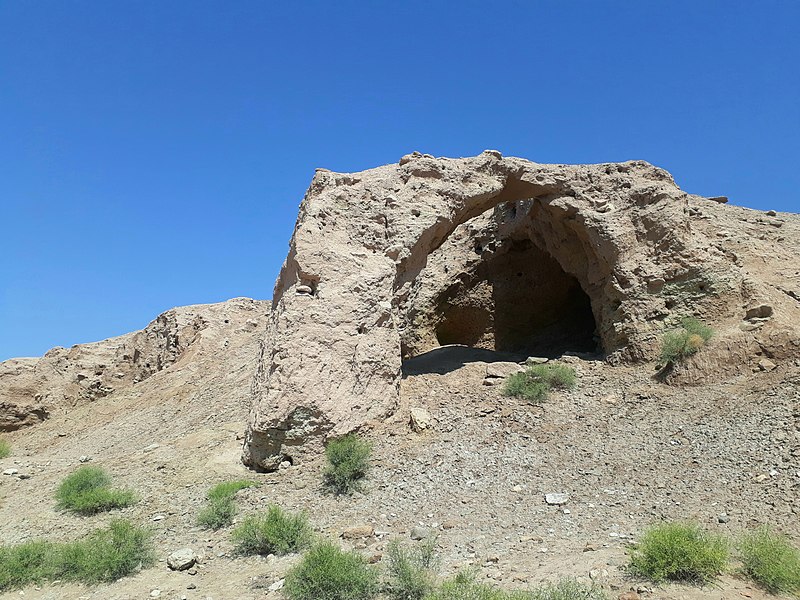
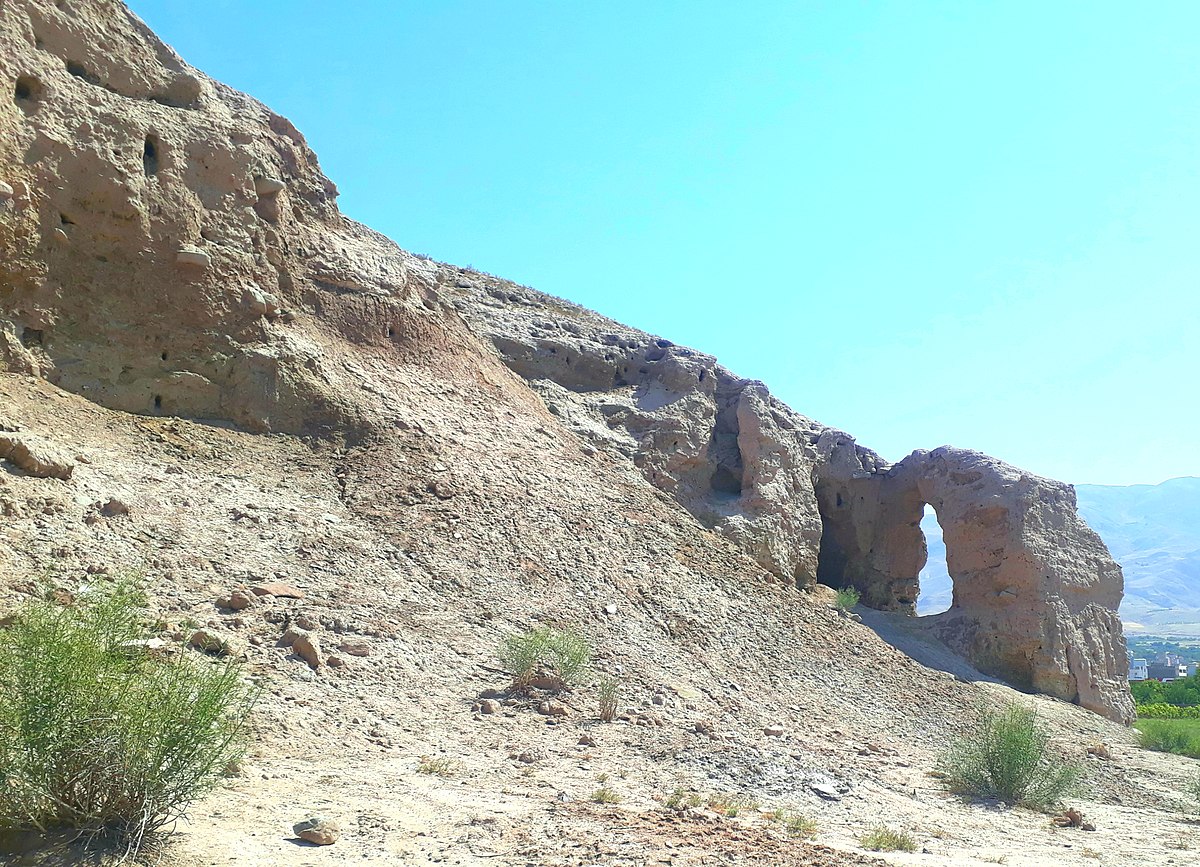
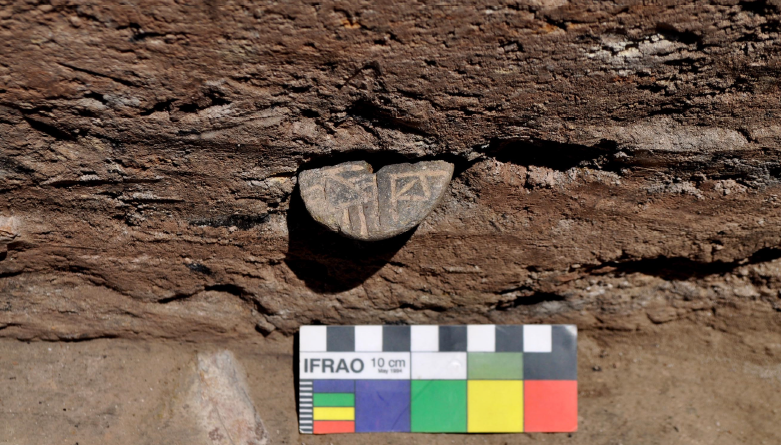




Choose blindless
Red blindless Green blindless Blue blindless Red hard to see Green hard to see Blue hard to see Monochrome Special MonochromeFont size change:
Change word spacing:
Change line height:
Change mouse type:
